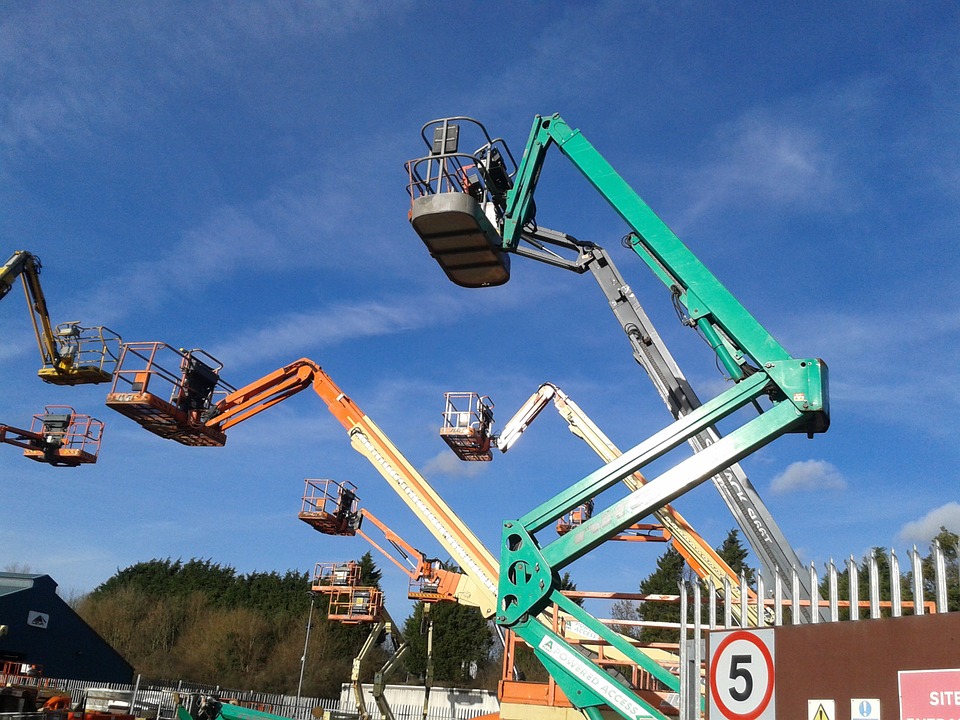If you are a supervisor at a construction site or the manager of a cleaning agency, you will benefit significantly from elevated work platforms. Meanwhile, the annual report of the Elevating Work Platform Association of Australia estimates that in 2020 alone, around 60,000 units of the machine were in use.
An elevated work platform, alternatively known as an aerial work platform, can perform activities way above the ground. From cleaning windows on the 20th floor of an office building to painting massive walls, EWPs are always up for the job.
So, not interested in buying one? You can always get in touch with elevated work platform hire companies and rent one of their machines.
Continue reading this article to learn about the multiple EWP types and their uses.
The 5 Elevated Work Platforms That Rule the Roost
The spider, the dashing duo of boom lifts, the savvy scissor lifts, the original and the best aerial lifts; here are an incredible team of elevated work platforms you simply cannot ignore:
- The Telescopic Boom Lift
You have your personnel ready and equipped to shine windows as nobody else can. But, here’s the problem: they need to clean the windows on the 25th floor, on the outside. It is precisely in the circumstances like these that a telescopic boom lift comes in handy.
This EWP type can provide easy access to high-reach areas that are right above your head.
- The Articulated Boom Lift
The other half of the boom lift duo, an articulated boom lift, comprises three parts: a platform, an arm-like mechanical appendage, and a base turntable. However, it is the arm that matters the most.
The articulated boom lift’s arm can reach the most wayward and obscure places, making it recurring equipment on construction sites and a hit with building repair services.

- The Spider
Nicknamed the ‘spider’ because of the structural similarities it shares with the insect’s body, the boom lift is often used by firefighters in important rescue missions. But, that’s not all; you can even use a boom lift on construction sites.
Moreover, the spider has tires, and this means you can use a boom lift to navigate areas of complex terrain too.
- The Aerial Lift
Concerning function, an aerial lift closely resembles the boom lift. So, what’s different? The structure, as this EWP type does not have the bucket feature that distinguishes the boom lift.
However, safety is a major concern here, given the predominant outdoor uses of the aerial lift. This is why operators of the aerial lift must be trained and well-versed with all the required safety measures.
- The Scissor Lift
Despite their vertical-only movement ability, scissor lifts remain the go-to choice for many contractors and service providers. As such, this lift cannot give you access to high-reach places, so it is used mainly for indoor purposes, like maintenance, painting, major repairs, renovations, etc.
One huge advantage of the scissor lift is the generous surface area of its work platform; it can accommodate multiple workers at the same time.
Irrespective of whether you need to transport materials to high-reach areas, clean the windows of towering commercial buildings, or just pick apples at the orchard, elevated or aerial work platforms can prove to be super helpful. So, identify your purpose, and cross-reference it with the different EWP types available. Let an elevated work platform hire company know the same, and you can hit the ground running. And nevertheless, it is one of the safest and practical machines for you.
Read Also